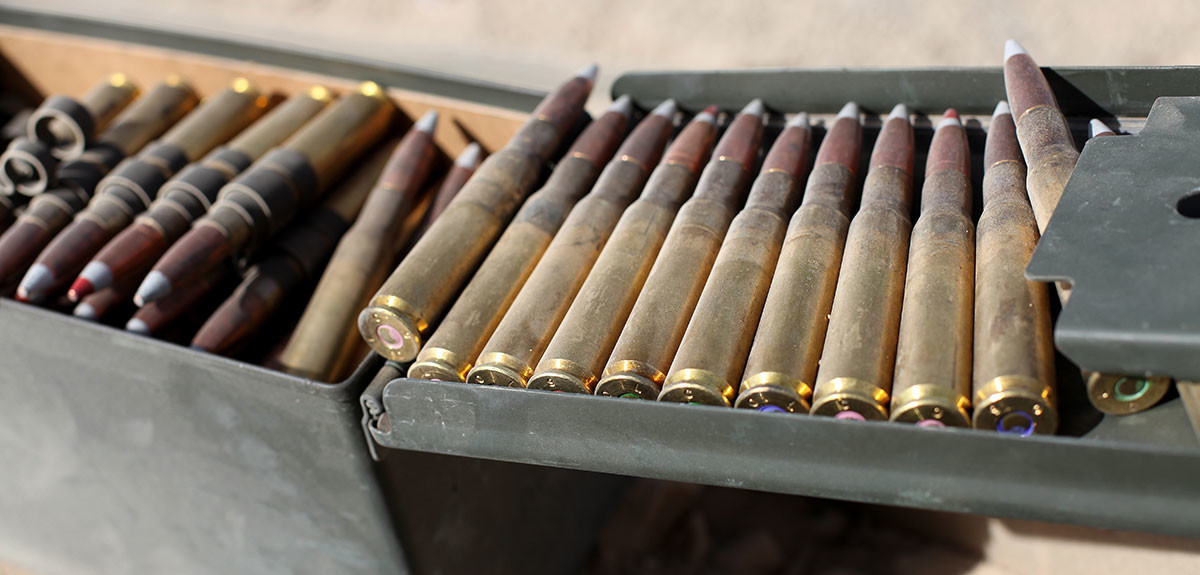The U.S. Army filed a patent for self-destructing bullets, a new type of ammo that would cause bullets to quietly detonate after traveling a specific distance. If this technology is developed and distributed among the troops, it could help limit collateral damage and save civilian lives.
Bullets that don’t hit their intended targets can harm someone else, and there’s not much a service member can do to prevent collateral damage once the bullet has already been fired. But what if there was a way to make the bullet less dangerous after it has already missed its target?
The U.S. Army Armament Research, Development and Engineering Center set out to develop just that. In a press release, the Army explains how these special bullets work:
The concept for the limited range projectile includes pyrotechnic and reactive material. The pyrotechnic material is ignited at projectile launch. The pyrotechnic material ignites the reactive material, and if the projectile reaches a maximum desired range prior to impact with a target, the ignited reactive material transforms the projectile into an aerodynamically unstable object.
Basically, when a soldier fires one of these self-destructing bullets, an internal fuse starts ticking. If the round doesn’t hit the desired target in time, a chemical reaction renders the bullet harmless.
“The biggest advantage is reduced risk of collateral damage,” Army researcher Stephen Macfarlane said. “In today’s urban environments others could become significantly hurt or killed, especially by a round the size of a .50 caliber, if it goes too far.”
Of course, this technology is still conceptual and doesn’t yet have the support of the Pentagon. Filing the patent will help keep the project alive long enough to develop a prototype, but it’s still a long way before self-destructing bullets become common in the Army.




































